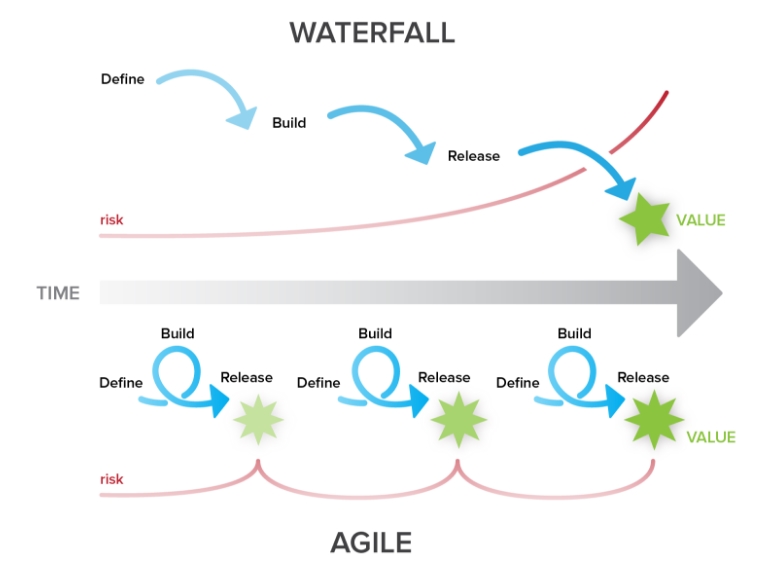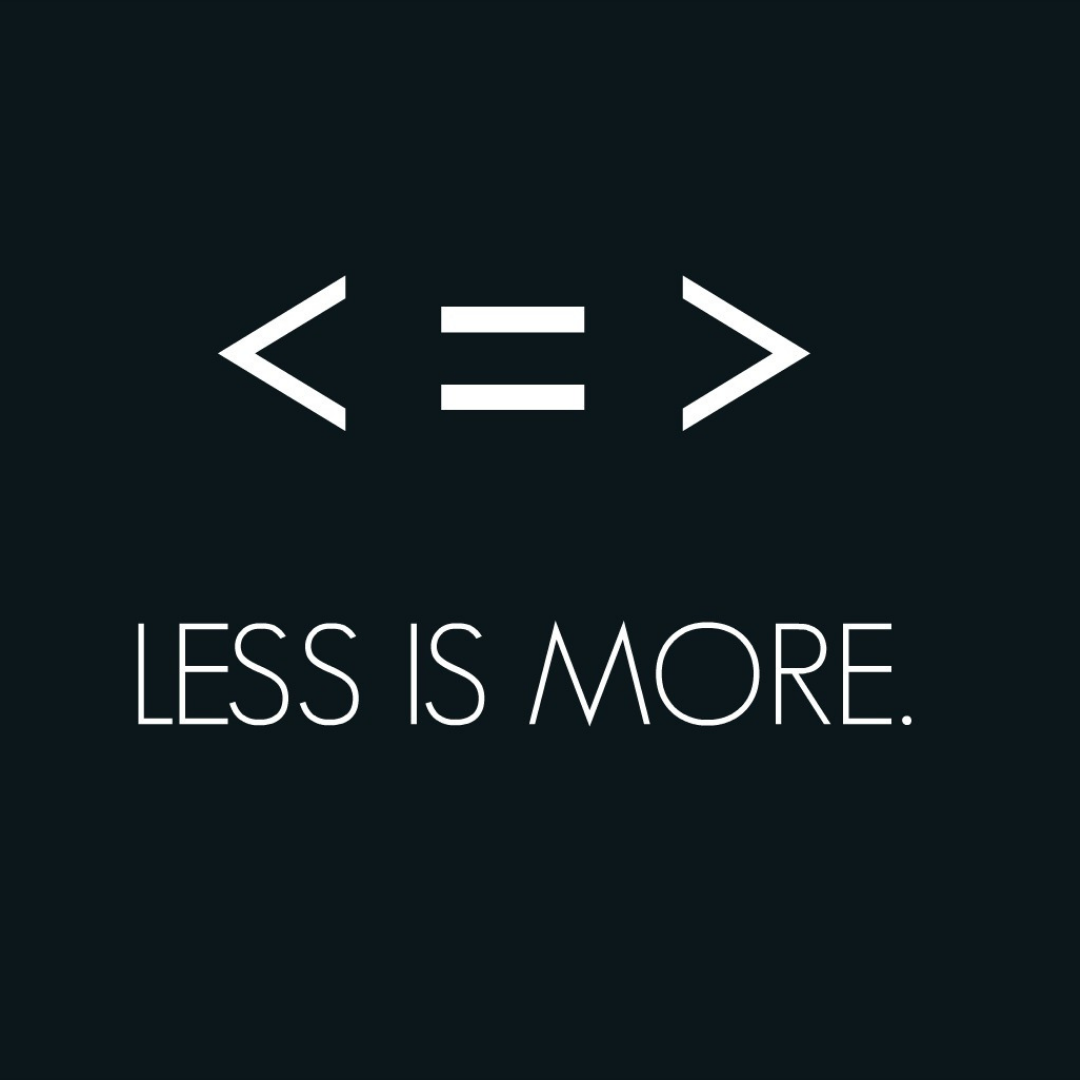The Agile Mindset: What Is It and What Can It Do For You
What is Agile mindset & what can it do for you?
Agile mindset is a massive movement that has taken the corporate world by storm. Initially getting its start in software development, it’s a trend that businesses in widely different industries are applying in their workplaces.
Some people have made the mistake of thinking that agile processes is a fad that’ll eventually fade, but this simply isn’t true. If this is the first you’re hearing about agile practices, it’s time you learned the philosophy that has disrupted management everywhere.

Diving into what is an Agile Growth Mindset
To better understand what agile mindset is, we need to start with some history…
The idea behind the agile mindset can be credited the authors of The Agile Manifesto. One author, in particular, Jeff Sutherland, has continued to expand the methodology by putting consistently putting out content that changes our way of thinking.
The Agile Manifesto, which has been around since 2001, places an emphasis on people and interaction over tools and processes, gradual growth cycles, response to change, and open-ended feedback from customers.
I’m sure some of you must be thinking…
“if the Manifesto has been around for more than a decade, why is agile at the center of conversations today?”
“Why is it trending in this era, particularly with millennials?”
“And most importantly, why should you even care about it?”
The answer to these questions is pretty simple:
Agile mindset is significant today because it presents innovative ways to approach processes and problems in almost any industry. What follows is a detailed look at the benefits of agile processes, answering the key question of why you should care.
How does an Agile Mindset help continuous improvement of your leadership?

6 Key tenants of Agile
The fundamental principles of agile focus on a team’s ability to respond and adapt quickly to environmental changes instead of holding on to stern systems or processes. The agile growth mindset and subsequent frameworks were adopted by teams developing software iteratively.
The way these teams worked allowed them to develop products in a continuous, fluid manner as opposed to laying out a plan for everything from the start and sticking to it no matter what. Agile has since exploded, with teams everywhere reaping the benefits.
Here are some of the most notable benefits the agile mindset can provide you and your organizations:
#1 Risk mitigation
One of the biggest differences between agile and traditional waterfall project management is the ability to manage and mitigate risk.
Agile is iterative, which allows teams to identify and adapt to changes on a set cadence. For example, if a team is operating on 2-week iterations, the maximum amount of time they need to wait to adapt to a newly identified risk is 2 weeks.
#2 Flexibility
Everything in agile is flexible. When a particular problem occurs, there are plenty of ways to solve it, and the whole team works together to find a suitable solution. Project deliverables can also be flexible, allowing the customer to adjust requirements as the project progresses.
An added benefit in certain industries also includes flexible work arrangements. This can be seen in organizations that allow for numerous remote work possibilities, flexible schedules, and generous time-off policies that help employees find a rhythm that works for them.
#3 Distribution of responsibility
Allocating responsibilities in an agile environment is fluid as well. An emphasis is placed on pulling (the individual choosing what to work on) vs. pushing (assigning work). Since agile teams are self-organizing, each team member is empowered to contribute effectively to the agile team based on current needs.
#4 Emphasis on speed and consistency
Speed and consistency are
When planning and performing future work, it’s important to deliver value early and often to allow the customer to take advantage of the deliverable.
#5 Autonomy
While this doesn’t apply to every industry, many industries adopting an agile mindset have a heightened understanding of the importance of independence.
Employees are given more room to work in a way that suits them best. Of course, there are some drawbacks that come with this, but autonomy is the key to satisfaction for a large portion of the workforce.
#6 Formalities are limited
The formal structures which command how work is supposed to be performed are limited in agile. Leaders are encouraged to collaborate with their teams to identify the way ahead as opposed to prescribing a course of action.
This certainly isn’t an exhaustive list, but it’s enough to show why you should care. The actual benefits an organization experiences are going to vary greatly based on the industry and the teams adopting an agile mindset. With the benefits out of the way, there are a few other points we should consider.
Other key points you should know about Agile
Less Is more
When distilled, agile values are extremely practical. The focus is on delivering value consistently by empowering self-organizing teams to do their best work.
So why hasn’t it worked everywhere?
One of the key reasons is because organizations have tried to “do” agile in a day.

Some organizations see agile as a process which can be implemented in any situation, without considering the external factors which might impact adoption.
The key here is to understand that the switch to agile should be gradual—less in more.
Start with a team, then move on to another. Take the time to train leaders and early adopters before scaling. If done right, agile can transform an organization for the better.
Fuel for creativity
Human beings are creative by nature. As tasks become increasingly complex, they require innovation and creativity to get ahead. Adopting an agile mindset is a new way to empower team members to do what humans naturally do best and get creative in solving complex problems.
Innovation is encouraged, and the consistent feedback, constant delivery of work, and focus on the customer ensure teams are moving in the right direction.
Digital Transformation
Technology is at the center of every business, regardless of the industry. As a mindset, agile provides all the necessary tools to help organizations stay ahead of the curve and adapt to changes.
Agile provides organizations a framework to help them consider how to tackle the transformation and successfully implement new systems.
Where do we go from here?
What’s interesting here is that there’s nothing new behind the principles of agile.
These concepts have been around forever, and organizations everywhere have implemented many of these principles and have seen the benefits.
What is new, however, are organizations in industries that are historically slow to change implementing agile successfully, and it’s awesome to watch.

So, where do we go from here? If this is the first time you’ve ever heard of agile, learn as much as you can. Clearly, agile isn’t going anywhere anytime soon, and successfully implementing it in your organization can have awesome benefits.
If your organization is already using agile, find new ways to introduce the concepts to other areas of your business, and get creative.
I’d love to hear where you and your organizations are in your agile journey!
